Barriers (Part 9)
Posted by Jeremy Windsor on Mar 31, 2023
Osteoarthritis (OA) affects no fewer than 8.5 million people in the UK. As an anaesthetist I'd assumed that management largely centred upon treating a patient's pain and waiting for a joint replacement. However on digging a bit deeper it's clear that this is far from the truth. The 2022 NICE Guidelines For The Diagnosis and Management of Osteoarthritis emphasise the importance of, "therapeutic exercise and weight management of osteoarthritis, alongside information, support and the use of pharmacological management only if needed to support non pharmacological treatments." But what does this mean? In this post I'll take a closer look at these guidelines and find out from experts just what can be done for those with OA...
Let's begin by taking a look at what the guidelines say about diagnosis of osteoarthritis (OA). NICE sets it out pretty simply. It's a diagnosis that can be made without imaging or laboratory testing. Put simply, you have OA if you are, "45 or over, have activity related joint pain, and have either no morning stiffness or morning stiffness that lasts no longer than 30 minutes."
Now for the management. NICE spells it out - those with OA who exercise have less pain and a better quality of life than those who do not. How should those with OA exercise? This may sound like an easy question to answer but it's not. Ask those with OA to exercise and there's often a sharp intake of breath and a degree of reluctance. The combination of pain and a certain degree of deconditioning will put many off. NICE recognises this and emphasises the need for a carefully tailored approach.
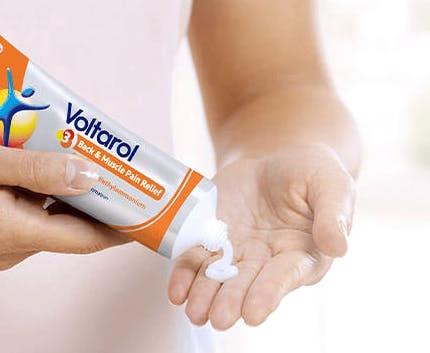
NICE found very little in the drug cupboard to help those with OA. Whilst NSAID's (in particular, topical formulations) like diclofenac were found to be effective in reducing pain, other drugs such as paracetamol, opioids, glucosamine and hyaluronic acid were all found to offer very little, if any, benefit. But of course that doesn't mean that many will opt for these treatments and in some cases, feel some benefit
As someone who has very little experience in managing OA I thought it best to get in touch with sports physician Dr Ivy Cheng and ask her about how she manages patients with OA. Here's what she said. I'll let her introduce herself first...
"I'm an emergency physician practising at Sunnybrook Hospital in Toronto and for more than 20 years I've worked as a sports physician at the Cleveland Clinic Midtown. Here, I often see active patients with varying degrees of knee and hip OA. We have sports physicians, orthopaedic surgeons, physiotherapists, chiropractors, masseuses and brace fitters all on site. Essentially, we are a one-stop shop for sports injuries.
Our team provides a range of therapies for OA. We start with the GLA:D (Good Life with OA - Denmark) program. We find that this gets them as strong as they can and prevents their OA from getting worse. If they're swollen, specifically the knee, I will offer an injectable steroid and occasionally, drain the effusion. For the hip, I have colleagues who provide ultrasound guided injections. We offer hyaluronic acid and plasma rich protein intra articulation injections at the clinic however, we use a shared-decision making model as these therapies are not covered under public insurance and can be costly. In addition to discussing the pro's and con's of the therapy, we encourage our patients to do their own research and decide.
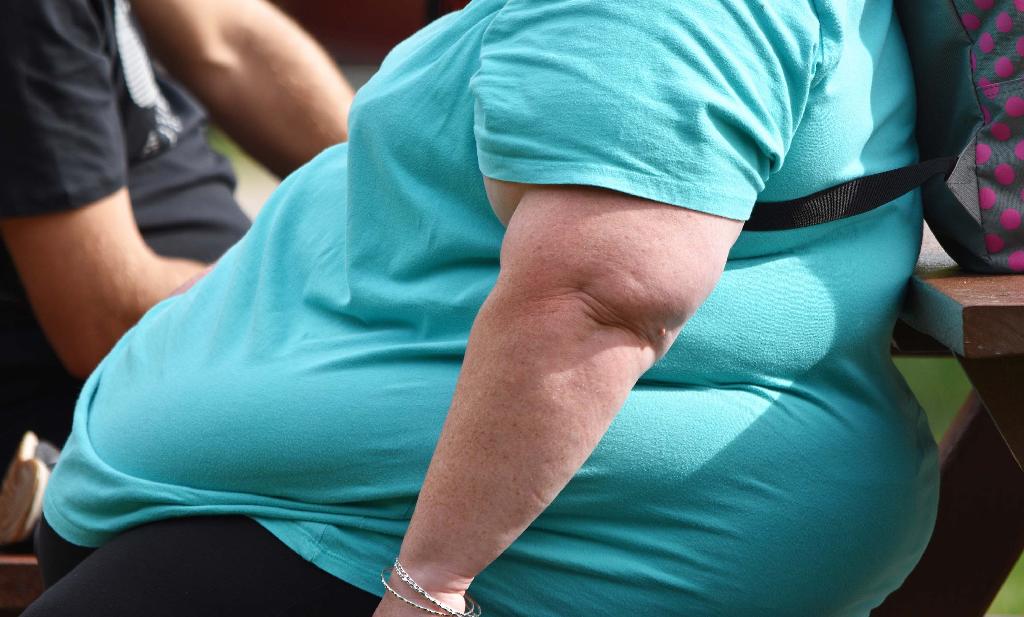
NICE recommends that those who are overweight should undertake a weight loss programme. Importantly they state that the more weight that is lost the greater the, "improvements in quality of life, physical function and reductions in pain". According to the evidence they assessed, the greatest improvements are seen when 10% or more is lost
Patients often come to us for injections as they often help "buy" a year or two of movement. Whilst I have patients who swear by them, there are others who feel they're unhelpful. Some folks will come in limping but need to get ready for ski season and want an injection. They get it, do their GLA:D exercises and often their symptoms subside, and they have another ski season.
If they have a lot of medial compartment degeneration I will offer an Ossur Unloader or Donjoy Reaction Web Brace. I have had several patients who wear a brace and it relieves their pain. Some don't want to have surgery and so will be happy to use the brace long term. But if they're getting to a point where they need a walking stick or, can't sleep, do stairs, or their OA is generally impacting upon their quality of life, then I'll refer them for a replacement. Folks do quite well with them and soon get back to their previous levels of activity. It is important to provide good counselling as joint replacements only last for a limited period of time, but its also important that the patient is healthy enough to do good rehabilitation (which is commiting) to get a good result post replacement. I encourage them to discuss with an orthopaedic surgeon."
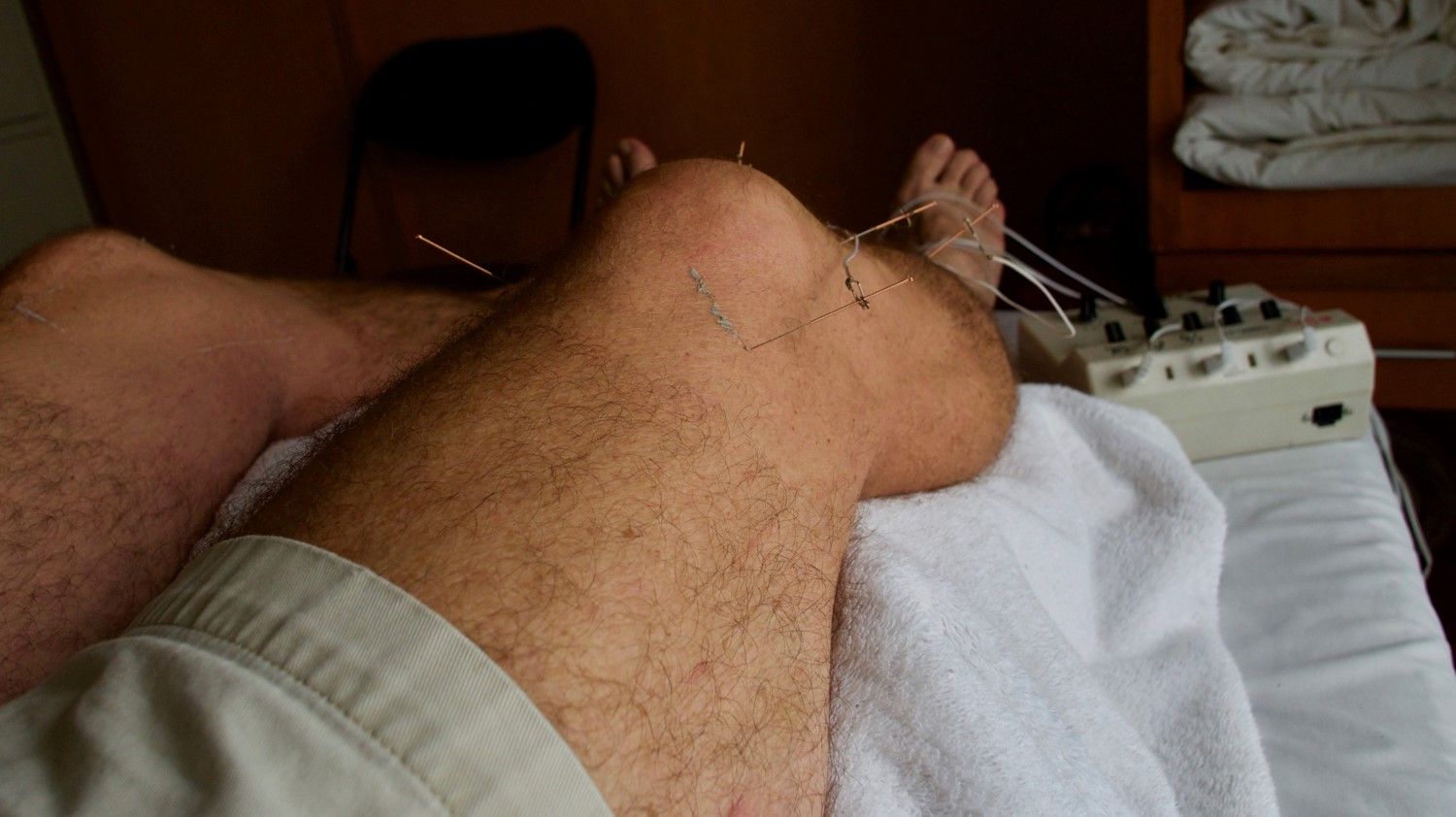
It's not just the pharmacological interventions that NICE takes issue with - acupuncture, arthroscopic procedures and a wide range of electrotherapy interventions (including TENS and ultrasound therapy) are felt to offer little or no benefit to those with OA
The GLA:D program wasn't something I was aware of so I asked Ivy to tell me a bit more about it...
"Here's the program we offer at the Cleveland. The GLA:D program is all about core strengthening and improving neuromuscular function. These exercises are good for everyone. So if my patients graduate from the GLA:D I encourage them to do more and get stronger! My physiotherapists are really good at this. We also have a virtual program. If patients want more than two face to face meeting they can. However in Ontario, physiotherapy is not covered under Medicare so they need to pay out of their own pocket or use their insurance plan. Some of my patients are happy to do this.
I would say that the face to face is important. It is an education session to ensure that the patients are doing the exercises right. After that, the patients need to go home and do their exercises daily. I tell them they need to keep it up - even if they're heading for surgery. In Canada we are waiting up to 2 years for joint replacements. The GLA:D program can help strengthen the muscles and make activities of daily living possible until surgery. Post-operative recovery is more successful because core strengthening and neuromuscular function is optimal. I think everyone should do these exercises!"
I also asked the very knowledgeable Tim Hall for a physiotherapist's perspective on the GLA:D program. Here's what he said,
"You would be hard pushed to find a physiotherapist who would complain about the trend towards non pharmacological management!
In essence it looks similar to most evidence based OA programs that can be found up and down the country. It seems that it's targeted at people who are at the more severe end of the OA spectrum. But remember OA is highly varied and no two people have the same experience. Therefore working closely with patients is important, especially when it comes to setting goals and devising a plan to meet them.
For those with milder forms of OA it's not clear what the next steps should be after completing the GLA:D program. This will undoubtedly benefit from further physiotherapy help. Nevertheless a strong focus on balance, which GLA:D provides, is of benefit to us all...".
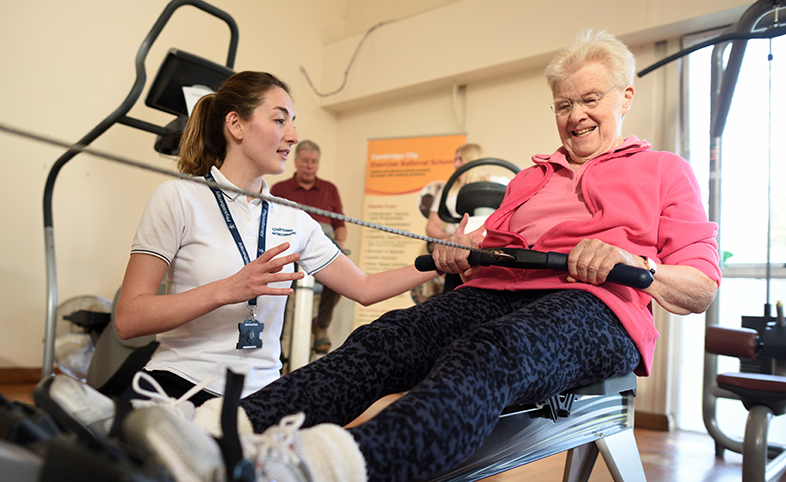
The ESCAPE-Pain program may be more familiar to those based in the UK. Devised by Professor Mike Hurley more than 20 years ago, the program consists of 10-12 physiotherapist-led group sessions where those with OA learn how to manage their condition. It's more than just an exercise class - there's a strong emphasis on shared experience with patients encouraged to talk about healthy eating, managing pain and pacing activity and rest. More on the ESCAPE-Pain program can be found here
I also asked Tim about the roll of hillwalking in the treatment of OA,
"Firstly don't rely on assumptions. Find out if it's OA or another cause of joint pain. If it is OA then an activity-specific strengthening program, aiming at building muscular scaffolding and stability is likely to be your best course of action.
You will need to accept that usual levels of walking may have to be dialled back, at least in the short term, in order to calm down discomfort and provide a window in which to you can develop strength and stability before building back up again.
Hillwalking requires a program that takes into account the variable nature of the terrain that will be encountered. I would aim to develop strength and control through a wide range of movement that match the big step ups and downs that are found on Kinder Scout! So a strengthening program might include squats, lunges and single leg work, that progressively increase the load to meet the challenges of hillwalking with a backpack!
The program should be progressive, with a high enough load to encourage adaption and remain well tolerated. Pacing is important!"
Clearly, there's a lot more to the management of OA than I had previously thought. My thanks to Ivy, Tim and the NICE Guidelines for helping me understand the management of this common condition much better. Please feel free to leave comments!
The first of the "Barriers..." posts can be found here.
Barriers Part 10 can be found here.
Thanks for reading this post. If this is your thing why don't you take a look at other posts on the blog? Better still, why not join the British Mountain Medicine Society? More information can be found here
For more information about the University of Central Lancashire's Diploma in Mountain Medicine (DiMM) take a look at this.
Comments
Leave a comment.
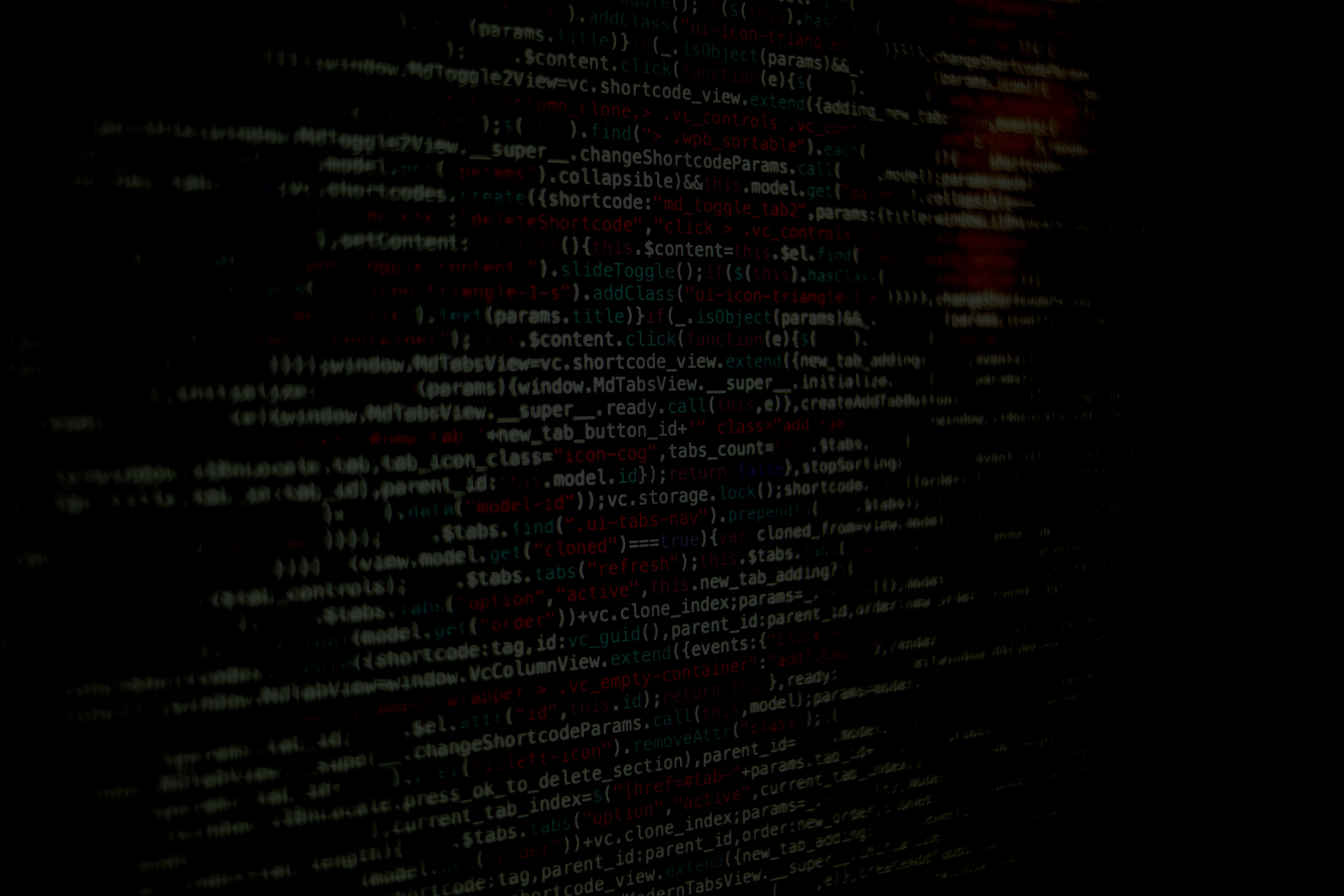


 )
)